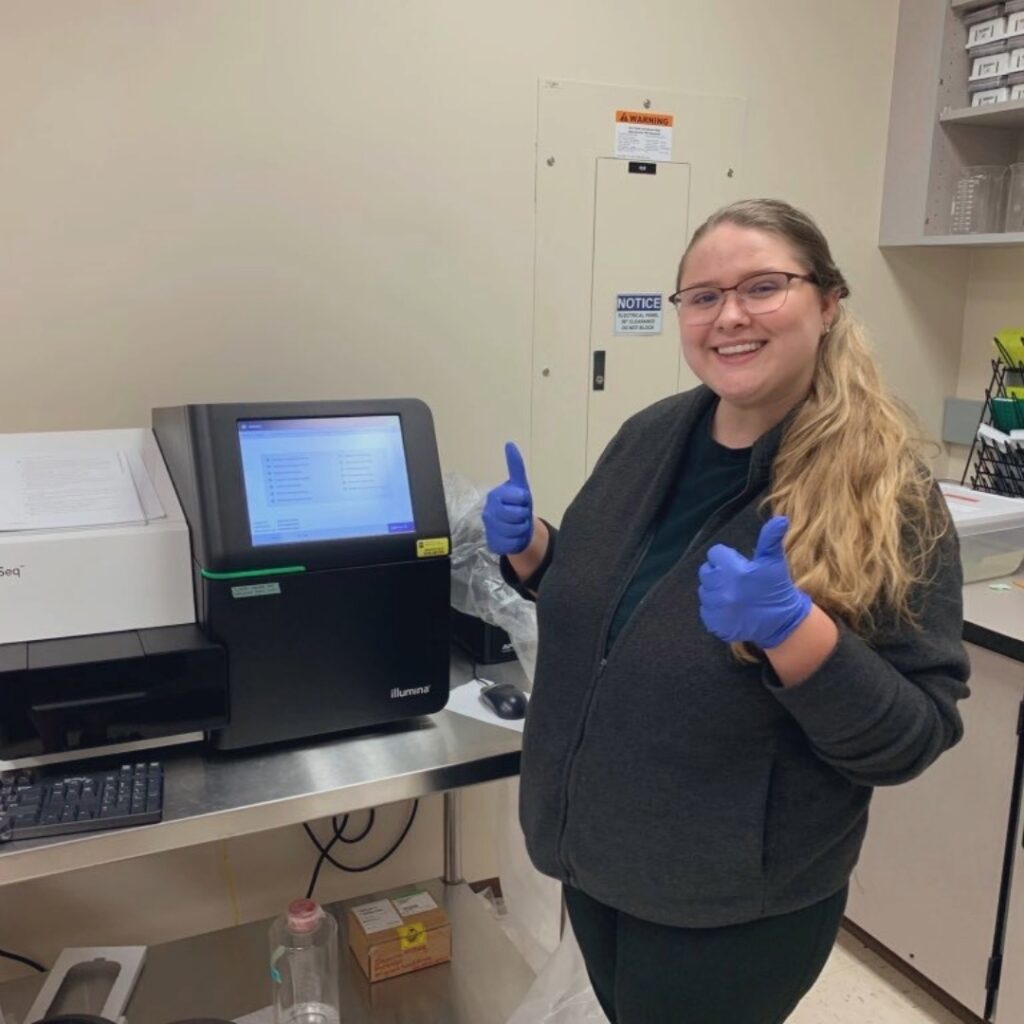Aylesworth Scholar Spotlight: Ashley Reaume Explores the Hidden World of Plankton Using Metabarcoding – Technologist
Reaume collecting water and plankton samples at Guana Tolomato Matanzas National Estuarine Research Reserve. Image by Ashley Reaume.
When gazing up at the towering trees, it’s easy to perceive them as the sole “lungs of Earth”. However, microscopic marine plankton also play a vital role in oxygen production. Phytoplankton, despite their size, contribute to roughly half of Earth’s oxygen supply. Much like plants, they utilize photosynthesis to harness the sun’s energy, converting it into essential oxygen while absorbing carbon dioxide.
To help us understand the dynamics between plankton and water quality, Ashley Reaume, a Ph.D. candidate in integrative biology at the University of Central Florida, is diving into the microscopic world of plankton. Employing advanced techniques like DNA metabarcoding alongside water sampling, Reaume has embarked on a yearlong study within the Guana Tolomato Matanzas National Estuarine Research Reserve (GTMNERR) near St. Augustine, Florida. Her research aims to reveal patterns in plankton community composition and their response to varying water quality.
“Plankton, often used as bioindicators of water quality, respond rapidly to environmental disturbances, making them crucial for understanding ecosystem health,” says Reaume.
Her research involves sampling at ten different sites across the GTMNERR over a year to capture the dynamic changes in plankton communities across different seasons and environmental conditions. Using DNA metabarcoding technology, the data collected promises to offer insights into how these communities respond to natural and anthropogenic changes.

Reaume uploading samples on the MiSeq to be sequenced for the first time. Image by Ashley Reaume.
Expanding the Reach of DNA Metabarcoding Across Diverse Fields
Reaume’s research enhances our understanding of marine ecosystem dynamics and explores the potential of DNA sequencing technology. DNA metabarcoding is a revolutionary molecular technique that enhances our ability to study biodiversity. By analyzing DNA from environmental samples, researchers can accurately identify species present in each area.
“By using bioinformatics, we can identify the species from which the sample came, similar to how a barcode works at a store. To us, the sequences might look the same, but to the computer, they’re different. It analyzes a small part of the genetic sequence to identify the target organisms,” says Reaume.
For Reaume’s research, DNA metabarcoding provides deeper sampling and higher species resolution, crucial for understanding the complex dynamics of plankton communities.
“Many people see it as a brand-new tool, but its development has been gradual since the advent of DNA sequencing. Over the past decade or two, I’ve noticed its growing adoption by management agencies as it becomes more user-friendly. Being at the forefront of this science and witnessing its evolution throughout my career has been fascinating.”
However popular the technique is, there is no official or standardized technique for implementing DNA metabarcoding in estuarine environments, which are unique, because of the different water mixing and turbidity. To address this, Reaume dedicated the first chapter of her dissertation to a methodological study, comparing different DNA extraction kits to determine the most efficient and cost-effective approach for estuarine samples.


